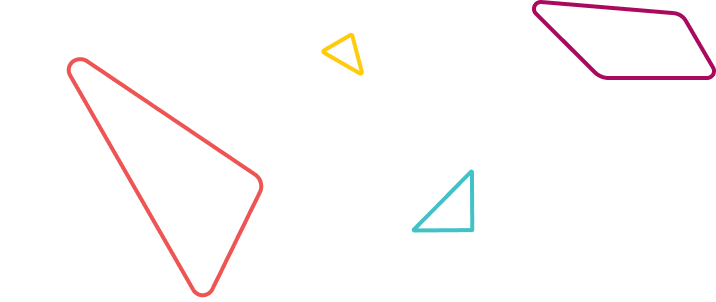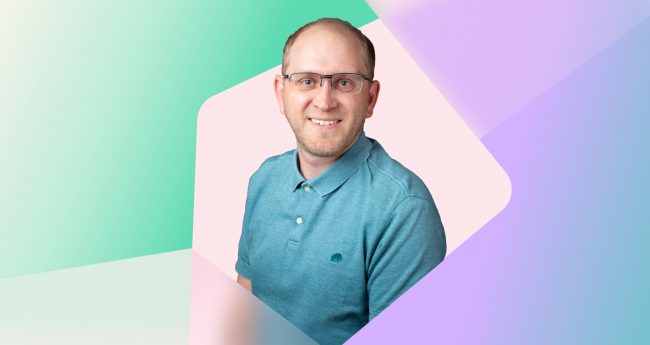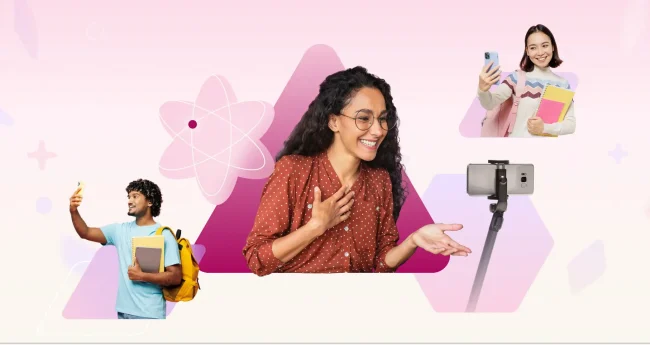Meeting students where they are
Merrimack College’s Chemistry and Biochemistry department is comprised solely of undergraduates. With class sizes ranging anywhere from 10 (upper-division or specialty courses) to 45 (for first-year courses), Assistant Professor Brandi Baldock is used to working with students with a variety of different preparation levels.
Merrimack College places a heavy emphasis on “meeting students where they are”. As such, it’s imperative that the faculty has reliable tools to keep students engaged — especially in light of the events of the COVID-19 pandemic.
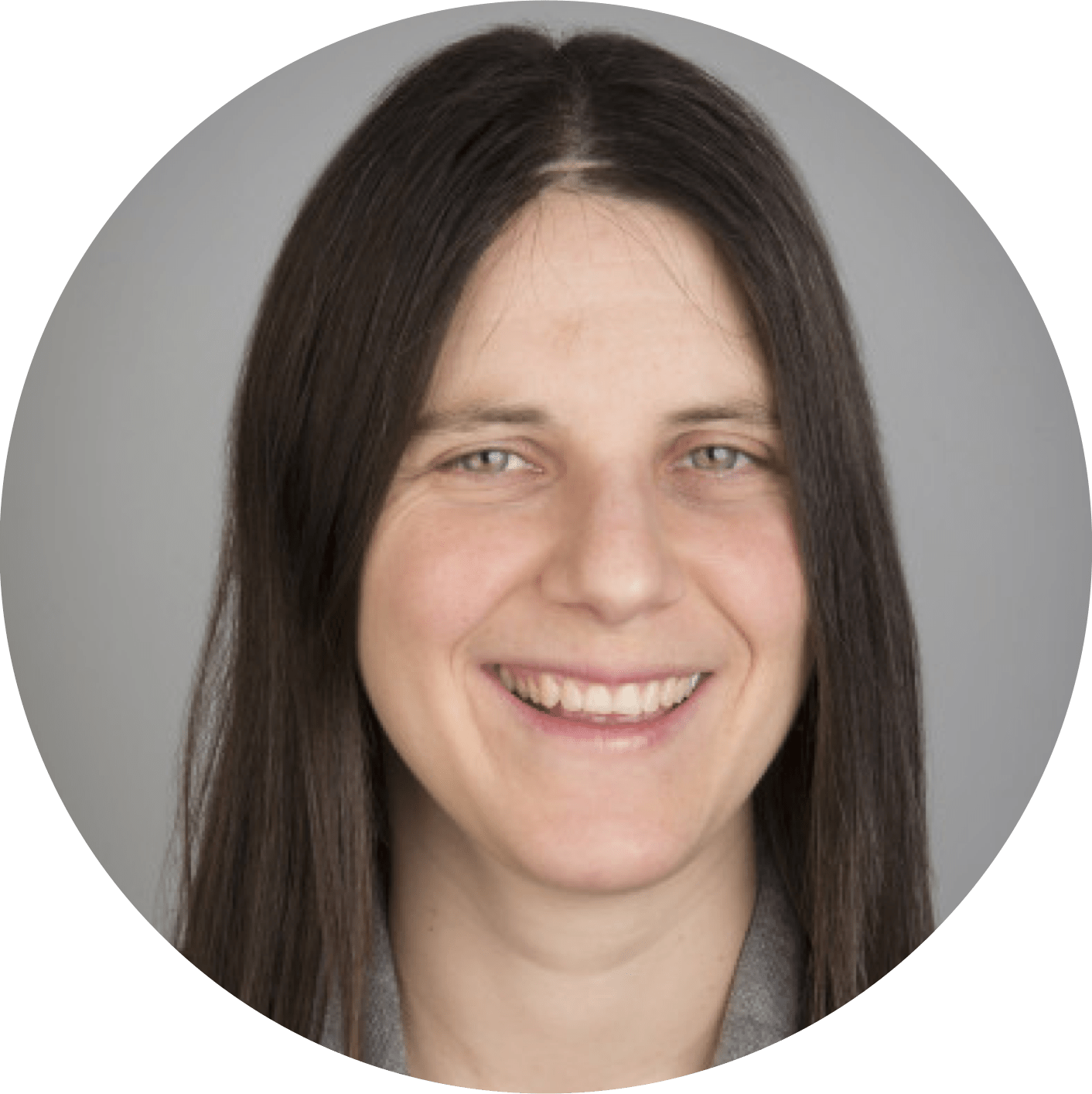
A seamless transition from synchronous to asynchronous
Brandi was familiar with Aktiv Chemistry’s functionalities even before the pandemic hit. She would use the active learning platform to assign a handful of problems at the start of every class as a refresher on what was covered during the prior class session. She’d also assign homework and use quizzes to get students to demonstrate their understanding of the material. “I got a chance to see where the misconceptions or sticky points were,” she explains. She’d also assign homework and use quizzes to get students to demonstrate their understanding of the material.
However, Aktiv Chemistry came in really handy once it became clear that she’d have to lean into asynchronous learning.
“I recorded all my lectures for students who couldn’t attend for some reason,” says Brandi. “You can just have the Aktiv Chemistry in-class activity open and it automatically shuts off after 12 hours. If a student couldn’t attend, rather than having to come up with a make-up assignment, I’d be like, ‘Hey, just watch the video and pause it at the appropriate point and work on these questions for participation credit when you get there.’”¹
Brandi enjoyed how easy it was to transition to using Aktiv Chemistry, calling the platform a “great addition to [her] life as an instructor.”
“I recorded all my lectures for students who couldn’t attend for some reason. You can just have the Aktiv Chemistry in-class activity open and it automatically shuts off after 12 hours. If a student couldn’t attend, rather than having to come up with a make-up assignment, I’d be like, ‘Hey, just watch the video and pause it at the appropriate point and work on these questions for participation credit when you get there.”¹
“I decided it was a lot easier and more fun to use the Aktiv Chemistry questions rather than having to program my own questions into something like Socrative, which was our solution before. […] There are a bunch of different question types available. You can [choose to] assign similar question types in-person versus for homework versus for quizzes without having to sit and generate a bunch of new content.”¹
Brandi also points to the fact that Aktiv Chemistry is made specifically for courses like hers, which makes her job even easier. “It’s really easy for the students to program in things like chemical formulas, subscripts, and superscripts that are, quite frankly, a pain to do with many of the other online homework programs that I’ve used.”
Because of the wide range of levels in preparation, she found Aktiv Chemistry to be immensely helpful for students who might be struggling with a particular topic, often resulting in what she called, ‘aha moments’: “One thing that’s really awesome about Aktiv Chemistry is that it will give the students hints and feedback that actually make sense if they get a problem wrong. You can set it up so that they can attempt the problems multiple times.”¹
This feedback made it possible for her to tailor her course to the needs of her students. Especially since, as Brandi points out, the problem types students struggle with differ from section to section of the same course.
“[Aktiv Chemistry’s feedback] lets me know [if I have to do an] extra example of [a certain topic].”¹
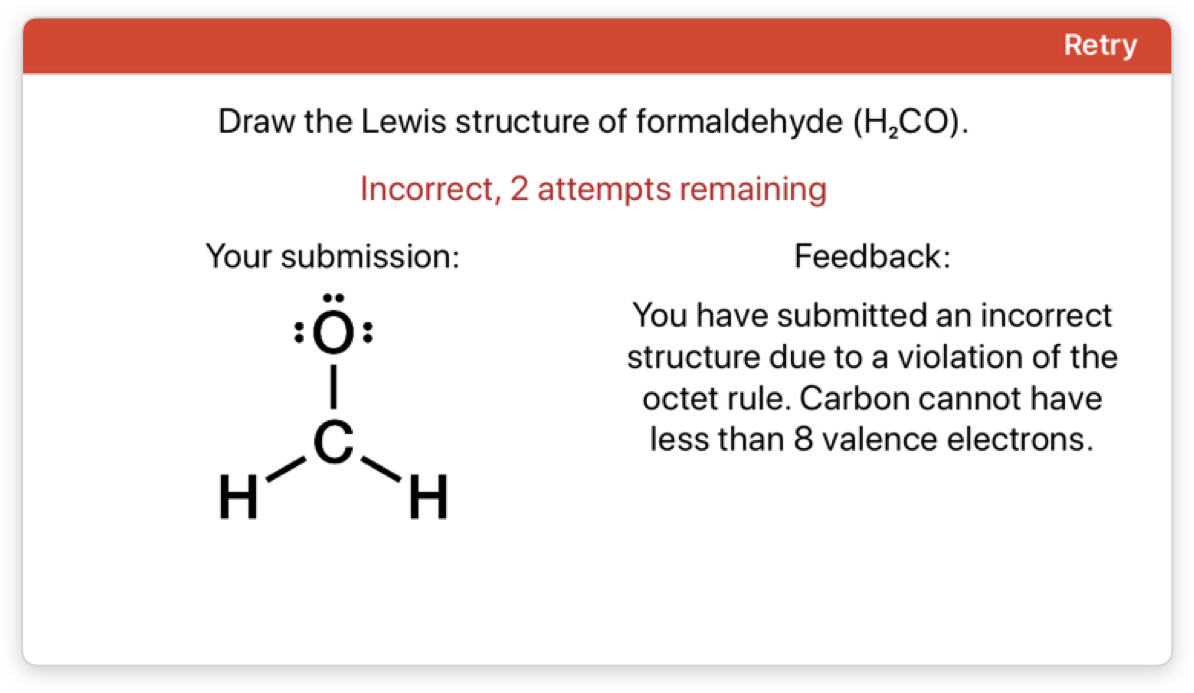
Aktiv Chemistry’s intelligent feedback system provides students with targeted messages when they make mistakes and allows them to try again
How Aktiv Chemistry fits into different teaching models
The faculty at Merrimack College’s Chemistry department teach in a variety of different ways, with some more focused on asynchronous instruction and vice versa. “Either way,” says Brandi, “we found that it was important to embed a variety of learning opportunities where the students had to actually do something.”
In fact, to address the unique challenges posed by asynchronous learning, and as part of a recent study conducted by Brandi and some of her peers, chemistry instructors at Merrimack leveraged mobile technology to adapt empirically validated instructional strategies for use in remote courses. Noting that all faculty and students have access to iPads and Apple Pencils, faculty members incorporated mobile technology into all of their course offerings, finding that it “eased the transition for both faculty and students by promoting course continuity and decreasing the cognitive load imposed by the transition”.
Calling mobile technology “integral to adapting [the] classrooms” there’s no denying that Aktiv Chemistry’s device-agnostic platform made integrating the tool into the classrooms a no-brainer. “All of a sudden, our students were unable to attend class face-to-face and were attending class in the digital learning environment instead.”
According to Brandi, phones and other devices are here to stay.
“This [type of] phone use might be more prevailing at other institutions where there’s no guarantee that the students have access to tablets, computers, or stylus’. That means [Instructors] can’t build in that assumption when they’re figuring out how to deliver the course material and coach the students through it.”
“The ability to meet at any convenient time with a student, not necessarily within the traditional workday or at a traditional workplace will really benefit some of our commuter students for example, who have to drive 15 to 30 minutes to get to campus, instead they could be working on their homework at home and say, ‘Okay, I’d like to meet with my instructor sometime today’ and see if there’s a time block where they could sign up.”
By the end of the study, which was conducted in Spring 2020, Brandi found that over 50% of her class reported having to work during the week or take care of a family member. As such, having the opportunity to review the course materials at their own pace was really valuable. They also found the fact that they could access it at any time very convenient.
Survey responses suggested that “students appreciated the structure provided by scaffolded course materials and synchronous class meetings, which helped keep them engaged in their chemistry courses”. Brandi found that students found the combination of active learning and Zoom really valuable to her students as well.
“The ability to meet at any convenient time with a student, not necessarily within the traditional workday or at a traditional workplace will really benefit some of our commuter students for example, who have to drive 15 to 30 minutes to get to campus, instead they could be working on their homework at home and say, ‘Okay, I’d like to meet with my instructor sometime today’ and see if there’s a time block where they could sign up.”
“This is accelerating some changes that have been ongoing for a while in education with regards to the personalization of education and student-centered learning.”
Brandi predicts Merrimack faculty will be doing some mixture [of on- and offline instruction] for the foreseeable future, adding, “We found that it’s really valuable to help students prepare for class sessions using asynchronous materials, such as prerecorded videos to introduce them to the content for the first time.
“Do I think that the outcome will be positive? Yes. This is accelerating some changes that have been ongoing for a while in education with regards to the personalization of education and student-centered learning.”
When asked what advice she might have for fellow instructors looking to adapt to these ongoing changes by adopting new tech, Brandi recommends “no more than one or two innovations per quarter or semester”.
She continues by noting, “making incremental changes to an existing course is easier on the instructor who really has to be comfortable with the technology or else the students will be uncomfortable and they will start to get frustrated” and reminds her peers that “the choices that one instructor makes that will be a great fit for their classroom won’t necessarily work for another instructor”.
Ready to add Aktiv Chemistry to your toolkit and ensure your students stay engaged?
Contact us today for a free demo of Aktiv Chemistry!

